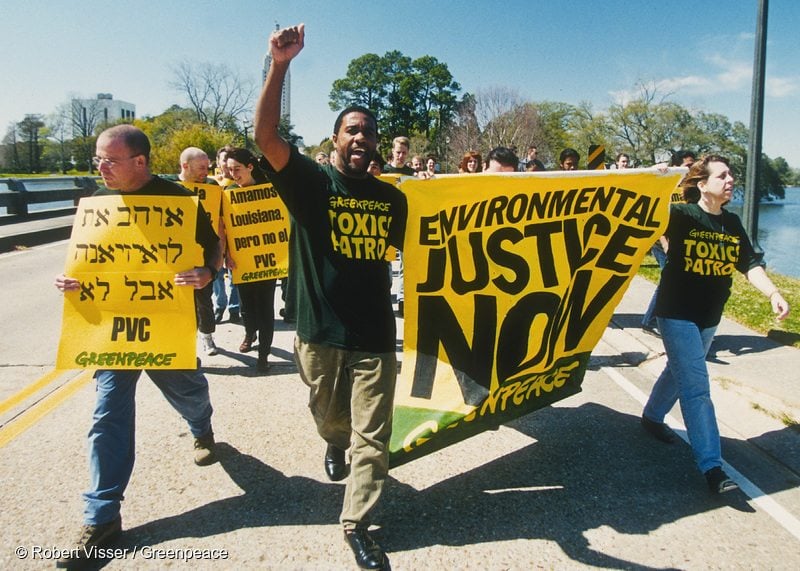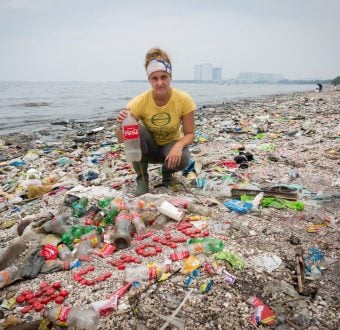Links to blog posts in this series: Part 1
Millions of people live dangerously close to high-risk chemical facilities all around the country. Do you? Find out here.
Efforts to secure these facilities are critical to improving the safety of workers, first responders, and local communities, yet the term “security” fails to capture the true scope of the benefits of increased safety. Post-9/11, security has become synonymous with national security and often brings to mind images of the military or going through airport screenings.
Security is less likely to be associated with local or social safety and even less likely to include internal, psychological safety. Yet it is precisely these aspects of the everyday—one’s neighborhood, office, child’s school, and personal sense of wellbeing—that are endangered by unsafe practices at chemical facilities all around the country.
Living Fenceline
The intimate nature in which we live with what President Obama has called “stationary weapons of mass destruction” is most harmful to fenceline communities—those living in closest proximity to dangerous chemical facilities. These communities are disproportionately at risk of acute harm from an accident and have lower home values and education levels and higher occurrences of poverty than the U.S. population as a whole. In addition, fenceline communities are affected daily by the chronic health, economic, and psychological impacts of living in constant danger.
Fenceline zones are defined as the closest one-tenth of a facility’s vulnerability zone. (If a plant’s vulnerability zone is a 10-mile radius, then the fenceline zone is the one-mile radius that directly surrounds it.) Fenceline communities are frequently comprised of people of color. A report by the Environmental Justice and Health Alliance for Chemical Policy Reform found that “the percentage of Blacks in the fenceline zones is 75% greater than for the U.S. as a whole, while the percentage of Latinos in the fenceline zones is 60% greater than for the U.S. as a whole.”
This disproportionate risk to people of color is an alarming example of environmental injustice. Polluting and hazardous facilities are generally met with resistance from wealthier, whiter communities with the substantial political power needed to resist them. Low-income and minority communities with fewer resources and less political power are then left to bear the burden of these hazards.
Further complicating this trend is the reality that facilities are sometimes welcomed, despite their inherent dangers, due to promises of jobs in impoverished neighborhoods. This dependence upon harmful industries is often described as economic blackmail. As communities come to rely on dangerous chemical plants for jobs, their neighborhoods can become dumping grounds for more hazardous facilities and waste, creating a toxic trap.
New Requirements Needed
This supposed trade-off of safety for jobs is a myth perpetuated by an industry that does not want to invest in common sense safety measures. Facilities can operate without posing catastrophic hazards to their workers and surrounding communities, but most have proven unwilling to do so, demonstrating that voluntary measures are far from adequate.
Strong requirements for the implementation of safer technology and processes are critical to reducing hazards and protecting the communities most threatened by these facilities. President Obama has committed to achieving advancements in environmental justice and has also promised to secure chemical plants. Requiring safe operations at chemical facilities is a necessary step in creating the equal access to healthy environments for which he has advocated and should be an essential component of the upcoming EPA rules.


